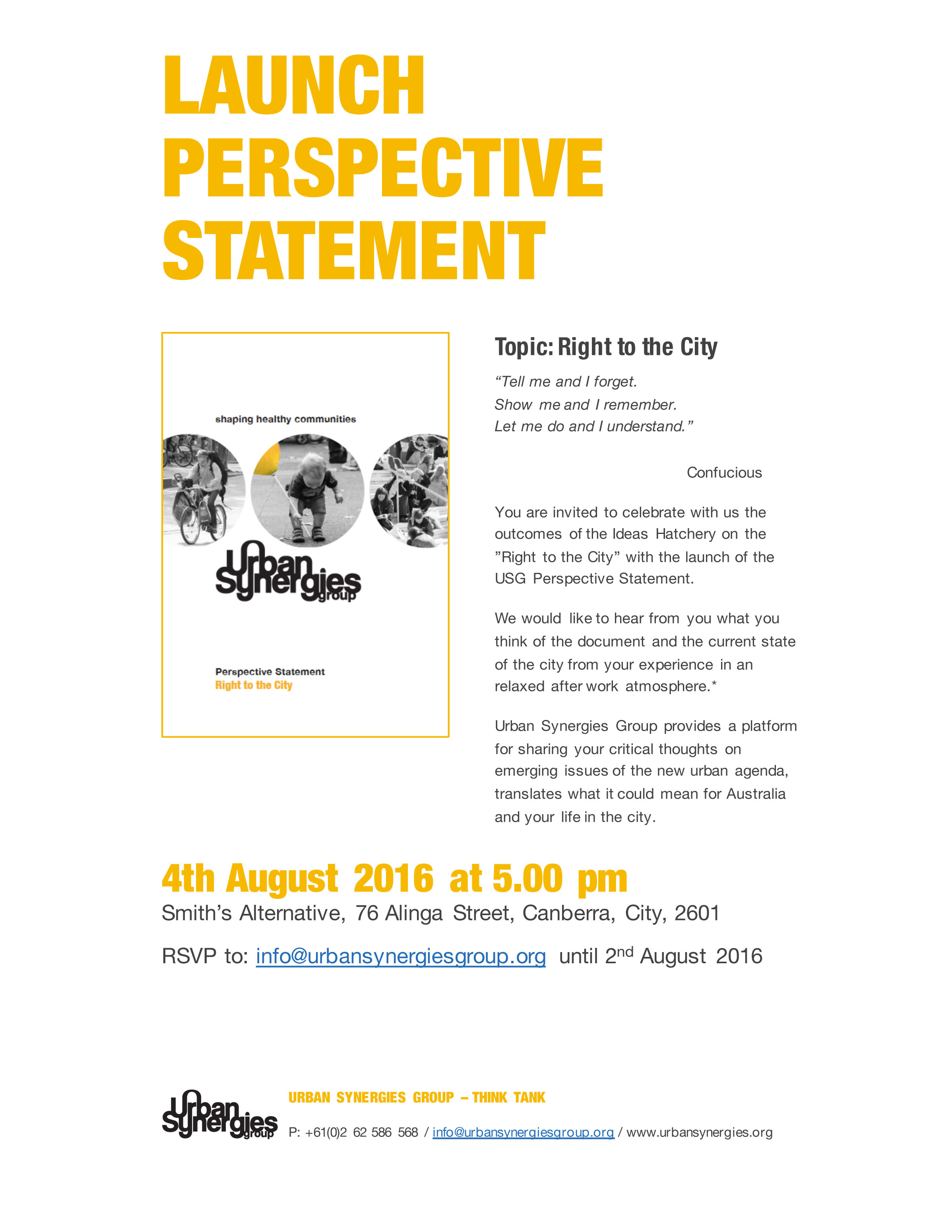
Tag Archives: urban spaces
Rediscovering Urban Happiness
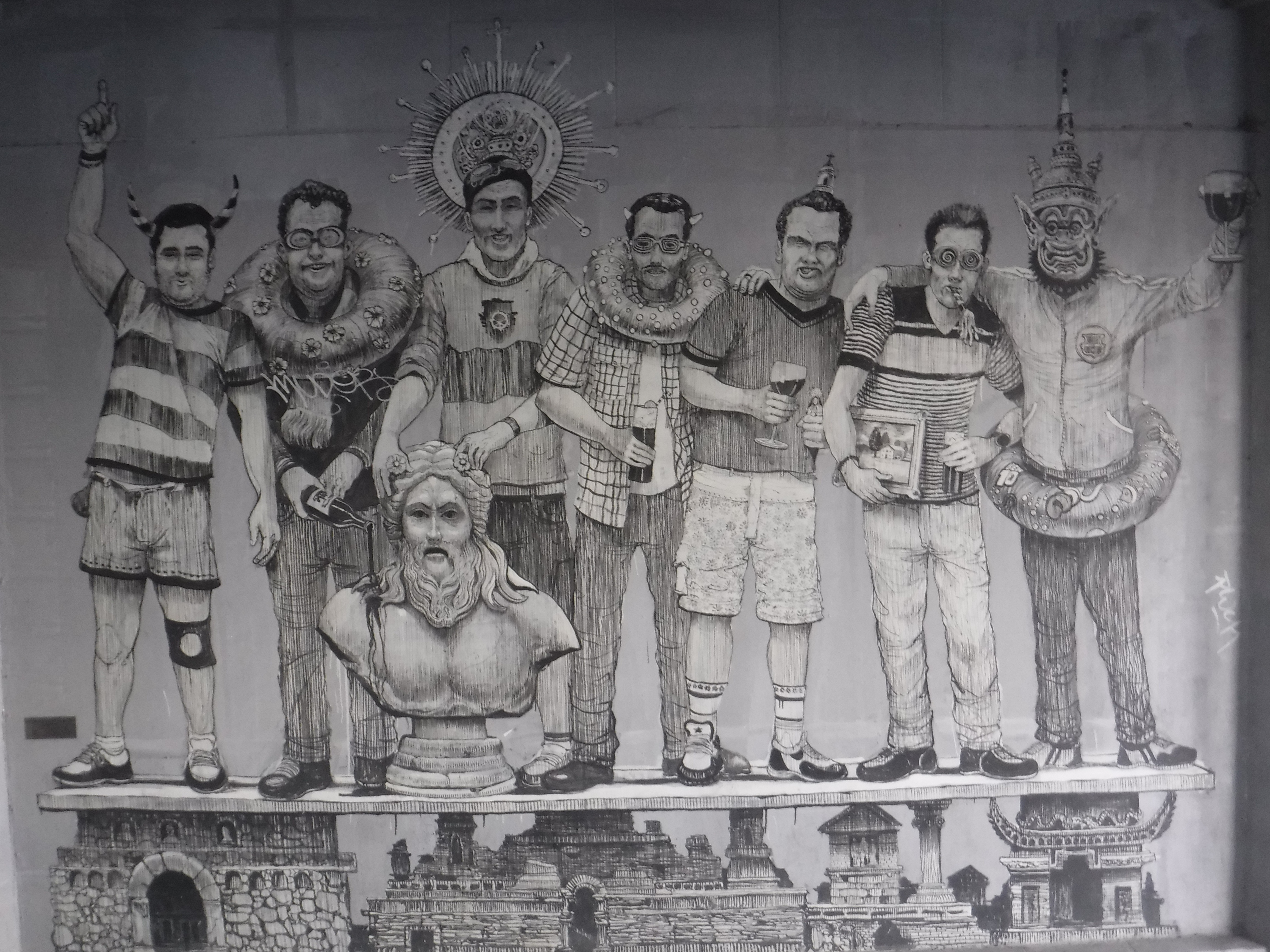
More and more people live in cities. In 2014 the human race reached an urbanisation level of more than 50 percent. If this trend continues by 2050, 66 percent of us will live in cities. At the same time global disease patterns are changing. Depression is on the rise and accidents caused by traffic will increase dramatically.
What could we do to prevent these diseases and incidents from rising. Public transport and bicycling as a preferred form of transport can help. But the majority of urban systems are not designed for it or just starting to invest in it. Optimistically they are still 20 to 30 years behind cities such as Amsterdam, Copenhagen or Münster.
Could there be something out there that could help to reduce or even prevent lifestyle related diseases such as obesity, physical inactivity and depression? Something that fundamentally touches our spirits, uplifts us and contributes to a reduction of traffic accidents? Something that every government and decision maker should be excited about, because its easy, cheap, simple and can become extremely popular if we all commit to it?
If city governments would invest in policies for it, it could transform urban systems and make people’s everyday life more liveable. It would enable a meaningful pathway to improve social, environmental and economic performance.
It will help you to become more creative, relaxed, socially connected and productive. Also it can increase capacity for innovation- simply put- it may achieve better health and well-being outcomes on all scales.
The answer to all that is play. It is an intrinsic induced activity, that constitutes freedom, based on the acceptance of risk in its temporary transformational nature. Play is not structured sport and includes attributes such as spontaneity, curiosity and creative processes that voluntarily occur outside of the ordinary. This purposeless activity is necessary to the human identity as an exploratory pursuit of pleasure and comfort outside of social purpose.
You can have it and older people have certainly experienced it. Children are champions in it, if we let them.
Most people associate play with fun and in theory it can occur anywhere. But why doesn’t it and why are we not playing more often across all ages in every city.
Once we are developed we just stop! Why? For example, in every professional context and learning exercise we now speak of lifelong learning or lifelong development. If we want to seek and embrace development we shall not stop playing.
Evidence suggests that play is not just important for children, but fundamental for their overall developmental capacity. The co- benefits for adults are overwhelming. Contact with nature and other beings has surprising effects on your mental health. Sufficient amount of physical activity in other words walking in a moderate speed can contribute to physical health and well-being.
Each of us has this gift, but when we grow up we are less often engaging in it?
Here is a little story a child has written, that may give you a idea:
“Dear King, I’ve got a question. Must life be so fast? For us it is like that: In the morning I have to get up quickly and then I get quickly dressed. After a fast breakfast, I quickly brush my teeth. Then very quickly we got to go to the kindergarten. In the kindergarten we have to hurry up when dressing and undressing, tidying up also has to be fast and when we are outside we must come inside quickly, so that everyone can eat on time. Then I have to go home in the afternoon quickly. Tuesdays mom drops me quickly of at music lessons and twice a week we go quickly shopping. On Wednesday we have to go quickly over to Grandma Hilde and check whether everything is okay with her. On Fridays we always put quickly the garbage out, and on that day we must also quickly pour water over all the flowers on the balcony. Every evening around 8 pm Mama wants to watch the news very quickly, otherwise she does not know what’s going on in the world. Then I’ll go very quickly to bed and try to fall fast asleep. I ask you: Does life have to be so fast? Because – then it means that it is very quickly over!”
Could it be that in our collective obsession to satisfy our material desires we are so out of balance in the western world?
An ancient African proverb says “It takes an entire village to raise a child”. This takes time and if you care about your children and the next generation – don’t just think about play but engage in it as part of your everyday life.
It is a fun and engaging way to restore the balance and unlocking the benefits of health and well-being – all you need to do is stop seeing it as a waste of time and space. Reconnect with your senses and with your community around you. Otherwise why is it so important for our children?
In conclusion I’d like to invite you to bring play back into your life. All it takes is a bit of time, trust and space.
Author: Gregor H. Mews
Ideas Hatchery
Urban Synergies Group is hosting the first “Ideas Hatchery” event in Canberra, Australia.
Under the theme „Right to the city“ interested and passionate individuals are invited to take part in a exploration to better understand our collective understanding of the topic. Participants will discuss challenges and opportunities with like minded individuals in a relaxed after work atmosphere.
Urban Synergies Group will harness the thoughts and develop a bottom up approach on the issue that can inform the Habitat III and related debates.
When 2nd June 2016 from 5.30 pm onwards
Where Parlour Wine Room, 16 Kendell Lane in New Acton, Canberra, Australia
Material and nibbles will be provided.
What is an “Ideas Hatchery”*?
The concept was developed by Gregor Mews, as an instrument to harvest and to improve the collective common understanding of an nominated subject in a informal and relaxed environment. It is not a mechanism to articulate a formed opinion, rather than listening and harvesting other peoples thoughts on a nominated subject. By collecting thoughts of participants the ideas will be naturally validated throughout the event. The more thoughts a participant collects his or hers understanding will improve.
Rules
- It is not about your own idea – it’s about our common understanding on a nominated subject.
- Participants will be asked to write down their initial ideas of the subject on a piece of paper.
- Ideas written on paper will be collected in a boy by the moderator.
- Now all participants will be invited to collect as many ideas from other participants as possible. Each collected idea should be written and numbered. Given that the atmosphere is relaxed, discussion should be possible this may take up to a hour.
- When finishing the collection and the participant had an opportunity to speak to as many people as possible. Each participant hands the collection of ideas over to the moderator.
- The moderator notes the amount of ideas from each participant. The person with the highest amount of ideas collected will receive an award at the end.
- The collection of ideas will be read out by the moderator and the top three voted upon by the participants.
Group size: 5 – 50 participants
Time: pending on size of the group (up to two hours)
Material required: paper, pens, box, award, snacks, drinks
- cc by Gregor H Mews, Urban Synergies Group
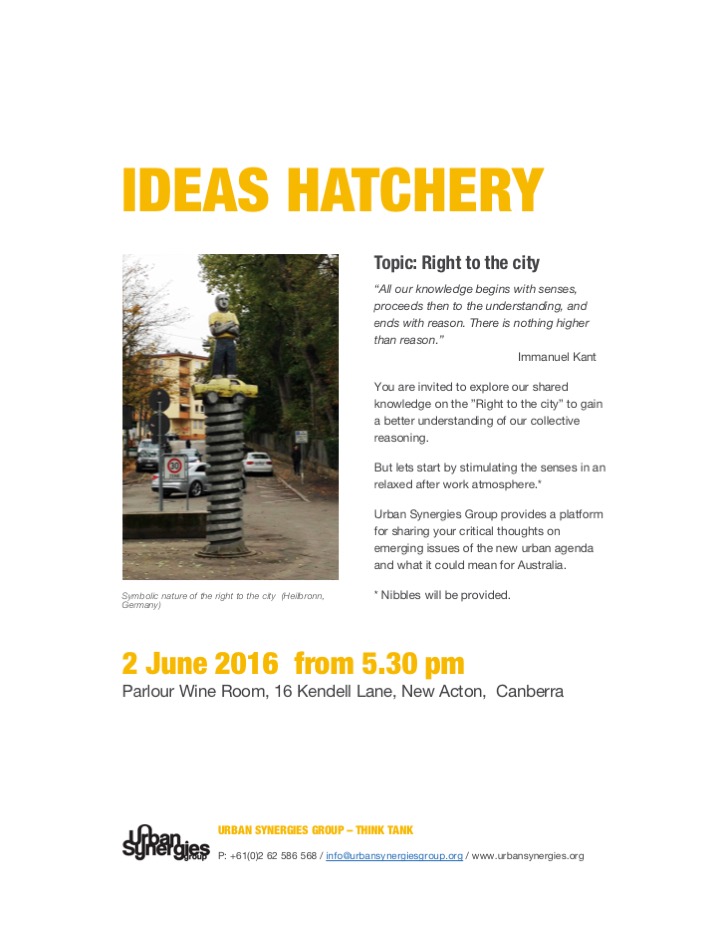
Share the space
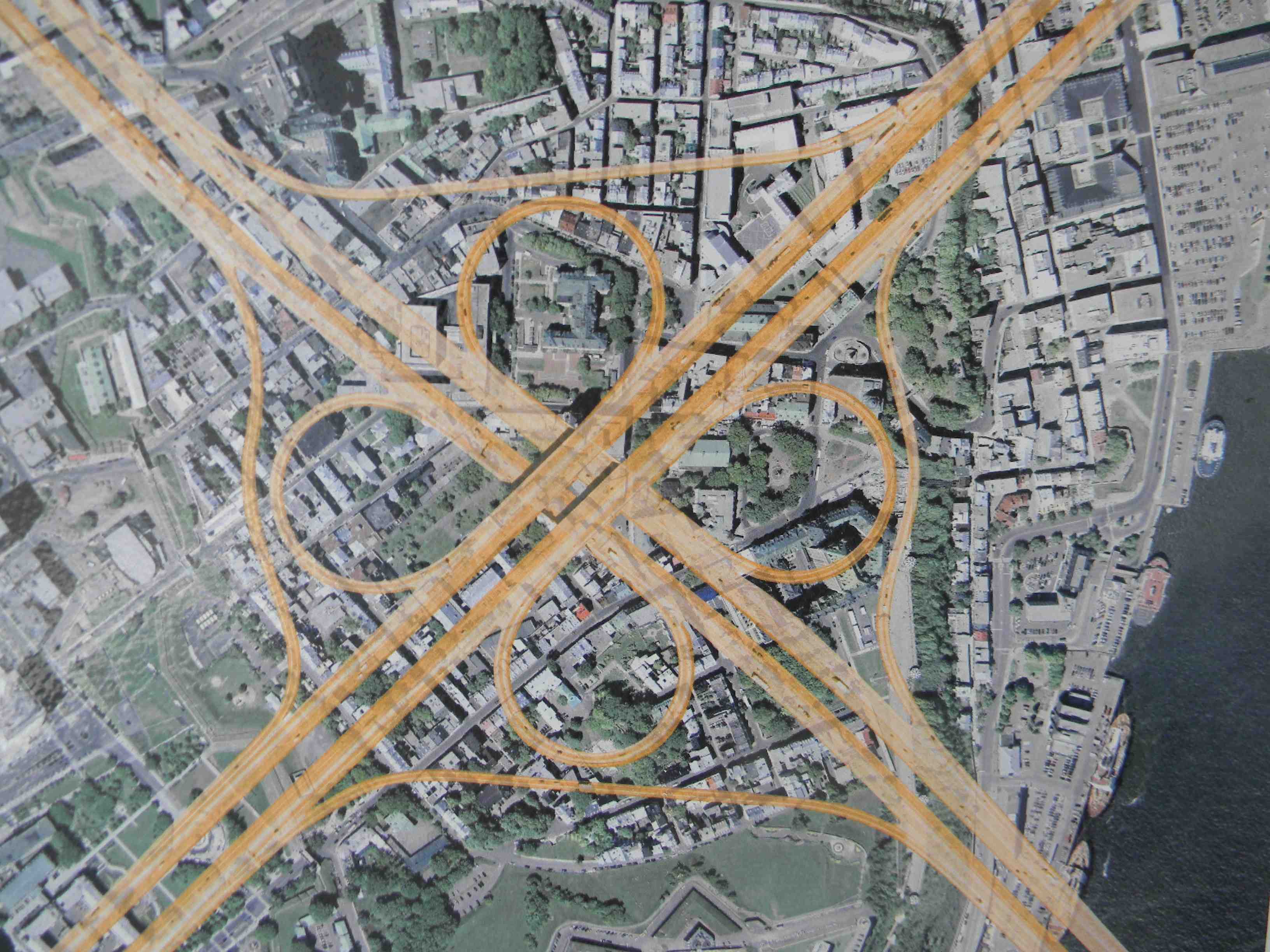 3 cars stop, 24 people cross the street and 7 bicycles cruise along within 10 seconds on a Friday afternoon in Bunda Street, Canberra. I am sitting in a street café overlooking a zebra crossing between the Canberra Centre and City Walk.
3 cars stop, 24 people cross the street and 7 bicycles cruise along within 10 seconds on a Friday afternoon in Bunda Street, Canberra. I am sitting in a street café overlooking a zebra crossing between the Canberra Centre and City Walk.
3 cars, 24 people and 7 bicycles – an interesting modal split that made me think about joining the dots and drawing a picture in regard to appropriate street design with people in mind.
My first dot will be around the latest initiative by the Australian Federal Government, which recently launched the National Urban Design Protocol with the ideal title “Creating places for people”. The document aims to define high quality urban design and to provide a consistent quality framework for future design throughout the country.
My second dot will provide a connection to this initiative and what happens (or still does not happen) on the ground. For example, the National Capital Authority recently announced a delay in rolling out an urban design project for Bowens Crossing until 2014, the year afterCanberra’s Centennary. The reason for the delay is cited as a funding shortfall resulting from major capital maintenance works to be undertaken on Scrivener Dam. It is unfortunate to see projects like Bowen Crossing postponed The Federal Government and theCanberracommunity should demand higher priority for quality urban design projects and the improvement of local amenities.
My third dot will be the apparent disconnect between budget reality, community expectation and future budget projections. Funding for urban planning and design projects will become increasingly scarce as competing priorities place pressure on the ACT Budget. I’d like to invite you to bear in mind, for example, that the Australian Capital Territory (ACT) Health Directorate budget is increasing by 11 per cent per annum and in a ‘business as usual’ scenario will, according to Access Economics, consume the entire ACT Budget in the medium to long term.
Let’s start joining the dots and attempt to draw a picture. On the one hand, we are creating a strategic framework for better quality design to meet community expectations. On the other hand, we will have in the long run less funding to realise those expectations.
The picture that came out of connecting these dots is not good one. Here is my initial attempt to rescue the drawing to ensure quality spaces for all people.
a) I’d like to start by highlighting that there is no silver bullet solution to what is becoming an increasingly complex problem.
b) Education is key. In order to resolve a complex design issue we need to have a certain amount of common knowledge around the issue.
c) Potentially competing interests need to work hand in hand with a collaborative spirit to achieve designs that will benefit all members of the community.
d) Be creative, be open-minded and think outside of the square. There are no wrong questions.
Drawing a short initial exemplar illustration onBunda Streetas a shared space:
a) The advantages of making streets more people friendly are potentially far-reaching, encompassing environmental, social, economic and health benefits. Most academics and leading practitioners in various fields call for an integrated and holistic approach to issues such a climate change, non-renewable resources, food access as well as the obesity epidemic in Australia. A triple bottom line approach is necessary and needs more than just a single tool.
b) What is a shared space? www.dtf.gov.uk/publications/ltn-01-11
What is the Urban Design Protocol? www.urbandesign.gov.au
What are the benefits of making streets more walking and cycling friendly? www.heartfoundation.org.au/SiteCollectionDocuments/GoodforBusinessFINAL_Nov.pdf
What do most stakeholders in the ACT think about creating better places for people? www.healthyplaces.org.au/userfiles/file/News/act_activelivingreport.pdf
What has the ACT Government committed to do in relation to walking and cycling? www.transport.act.gov.au
What has the ACT Government already done? For a start it signed on 1 November 2010 the International Charter for Walking. www.walk21.com/papers/international520Charter%20for%20Walking.pdf
Of course every reader should feel encouraged to research further pending their level of interest.
c) Call out for a workshop that brings all parties together in a comfortable and neutral environment and share stories (personal or evidence based) about the importance of having equal access to good quality spaces for all members of the community in Canberra Civic.
d) Some creative ideas for Bunda Street as a high quality shared space:
–> Consider innovative pavement design using local recycled materials;
–> Use intelligent landscaping (trees, planting) to provide a green, balanced environment that can protect the space from the heat island effect.
–> Ask local stakeholders to commit to maintaining the new amenity. In addition to enjoying well maintained spaces, homeowners stand to benefit economically from quality urban design projects in their local neighbourhoods.
–> Think about human scale and imagine walking with a kid’s eye through the space. As an ideal outcome you should feel comfortable to move freely in the space and be able to communicate easily with other people.
–> Have in mind that we will have 20 + per cent elderly people by 2030 and consider the needs of disadvantaged groups.
–> The place should be considered as an open living room where people can celebrate, communicate and interact 24/7.
–> Think even of interesting signage that invites users to change their behaviour. This could be by having a big welcome sign saying, “You are entering the city’s open living room”.
e) Recently the South Australian Government announced the creation of an independent Commissioner for Integrated Design. Such a person could ideally provide the platform and framework of collaboration and facilitate the dialogue needed to achieve a satisfactory and truly democratic outcome.
3 cars stop, 24 people cross the street and 7 bicycles cruise along within 10 seconds on a Friday afternoon in Bunda Street, Canberra.
Be an urbanist and share the space!
Places we need
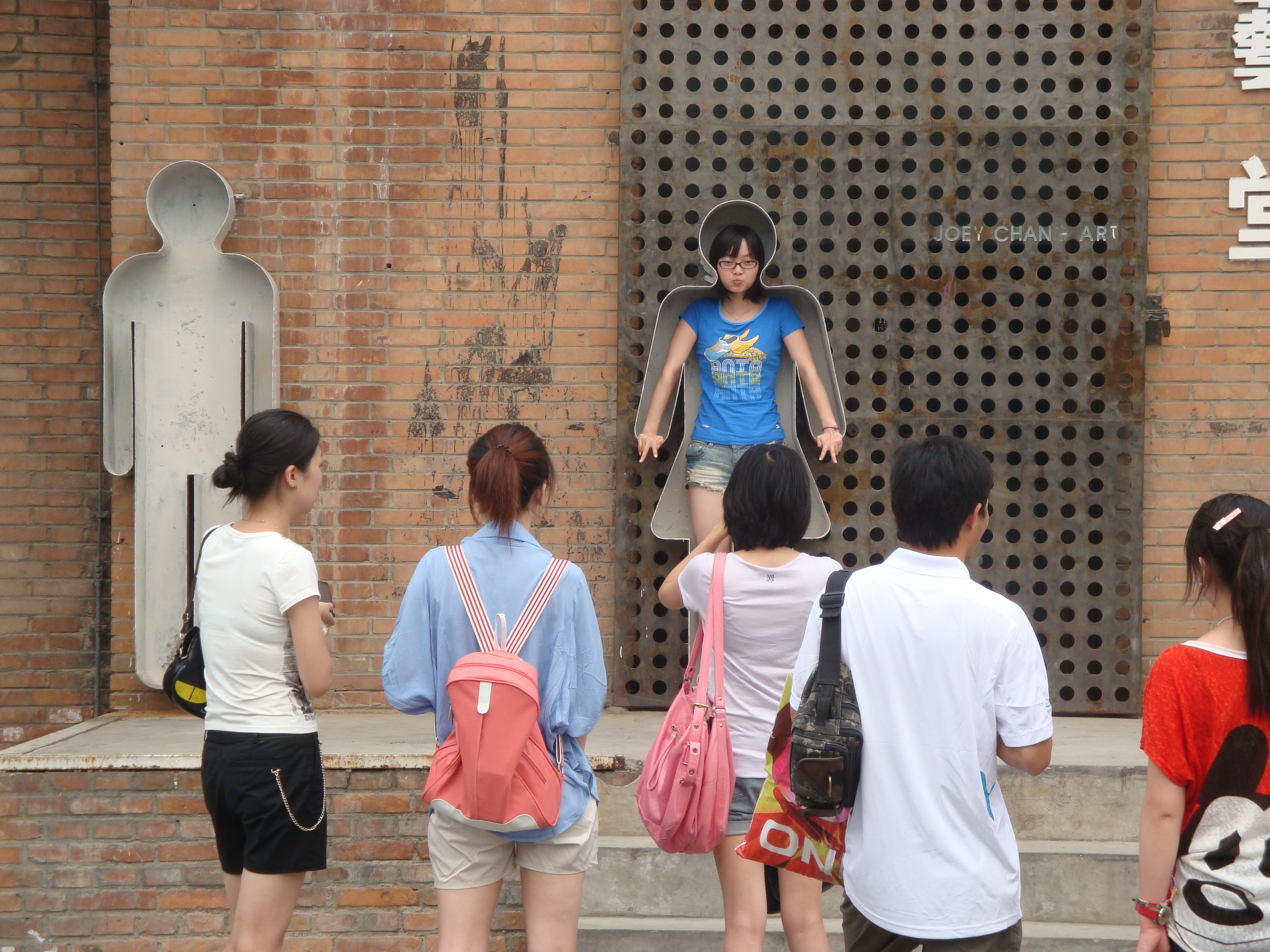 What connects people in cities and what makes cities places where you want to be? That is a question I’ve been asking myself since a long time.
What connects people in cities and what makes cities places where you want to be? That is a question I’ve been asking myself since a long time.
Most urban dwellers consider themselves as individuals, which want to be unique in material manifestations such as clothing, goods and mindset.
However, cities play the unique role in terms of catering for everybody’s needs in the same an equal manner. A city provides spaces for the young and old members of the community as well as for disadvantaged groups.
Translating these individual needs into the public realm –the space that should provide spaces for all of us in a city – can enable liveable places. In liveable spaces everybody can celebrate their uniqueness on many places and it takes just a couple of simple mechanisms to achieve that.
1. A decent population density that can support economic viable use of infrastructure.
2. Be nice to people by providing sufficient spaces for them.
3. Design that space for the people by considering light, noise, scale and imageability.
For all the readers who may find that to abstracts please let me describe this through an simple comparison (metapher).
A person sits in a coffee shop, reads talks, enjoys good food and company. Overall most people feel quite nice once they are in them. Why, because all design components have been achieved. However, it should be noted that you need financial effort to benefit from them. First of all coffee shops are spaces for people, the scale of the establishment appears comfortable, leaves spaces for some privacy and they are considered to be very safe. The light is just right – not to strong and not too dark and the noise comes usually from other people and gentle music in the background. This noise level above 35 dbl enables a feeling for social inclusion and can help to reduce depression. Imageability can make a place unique.
Artworks, interesting structural elements, vegetation, view connections etc. are tools to allow individual imageability. Spaces that have special sense of place have some unique qualities that cannot be repeated on a large scale – the same in coffee shops. Just imagine all coffee shops would have the same artwork in them.
All these four elements should be possible in a liveable and healthy city. But even more important a coffee shop could not function without a good crowed that lives near by to fill it with live and the same rule applies to the city.
Canberra has the potential to have many of these high quality places for all members of the community if we are prepared to accept and support on our individual level the fact that we need a population higher density. This will allow Canberra to become a city for people – a healthy and more sustainable place to live it.
Other cities around the globe are already committed to create sustainable and liveable place for their people. The city of London started to ban cars in the city and applied mechanism to reduce car speeds. Copenhagen is introducing more and more spaces for active transport and is increasingly blocking spaces for cars. Freiburg new developments are people oriented developments, that are environmentally, economically and socially sustainable. All these cases have one huge advantage – most individuals accepted higher density as the opportunity to create a better future for the coming generations so that they have even better and more liveable spaces to live in.